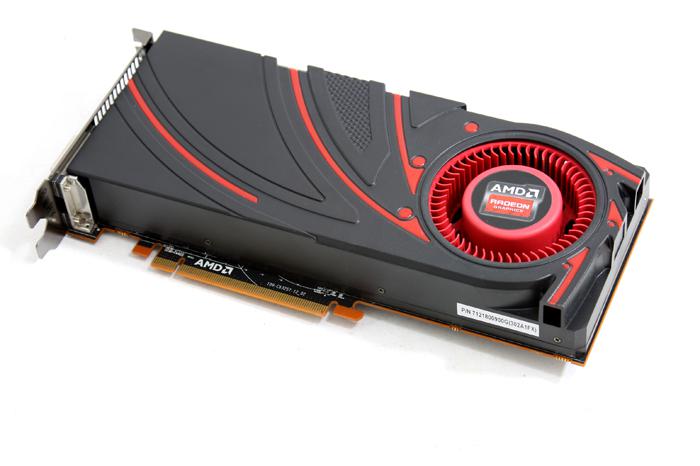A new Island and Technology
Is the Crossfire connector going AWOL ?
Allow me to deal with this item straight away, Yes and No. Not for the refresh products just yet, but here's a fun fact - that Crossfire bridge we all know and learned to love? That is going away starting with R9-290. In the near future Crossfire bridges will be thing of the past as AMD is going to run Crossfire over the PCI Express bus. Especially with standards like PCI-E Gen 3.0 there's plenty of bandwidth there, but even at Gen 2.0, it really isn't an issue.
Um wait .. so the R280 is a Tahiti / R7970 GHz then ?
Yes, we start off with the GPU overview (we'll discuss architecture later). AMD bakes GPUs on the all new 28nm node, in very simple wording the smaller the die size the more transistors AMD can put on a smaller area, often at a lower voltage. Honestly, we think the R9-280 cards will appeal the most to you guys so we'll focus the most on these cards in this article, these are Tahiti XT based. The Tahiti core has a nice 4.3 Billion transistors, 4,312,711,873 to be precise. As a result the GPU is packed with 2048 shader processors harbored in Compute Units segments (32 of them). Memory volume wise we see 3 Gigabyte of DDR5 memory. This is not done for bragging rights, but AMD simply takes Eyefinity and multiple monitor usage seriously, it is there where the extra memory makes sense. The memory bus is 384-bit.
- Stream Processors 2048
- Clock Frequency up-to 1 GHz
- 4.1 TFLOPS compute performance
- 3 GB memory at 5.6 Gbps / 384-bit
- 250W TDP
- PCI-E 3.0
- API - DirectX 11.2 / OpenGL 4.3 / Mantle
The R9-280X is clocked with an up-to 1 GHz clock frequency, with room to tweak towards a nice 1100 MHz or even higher. That 384-bit memory is clocked at impressive speeds as well, 5.6 Gbps that's bandwidth. Summed up, this product should be a notch faster than a R7970 (reference).
True Audio
Audio immersion is a key factor for AMD as they are now implementing an audio pipeline into the newest GPUs. Now first, please understand that AMD True Audio only is available at the R7 260X and the upcoming Radeon R9-290 and R9-290X. And NOT the rest of this series.
And AMD is implementing a fully programmable audio engine, True Audio technology. You guys know programmable shaders for visuals right ? To some extent that now applies for audio as well; to improve audio effects (real-time voices and audio channels in your game opposed to what is possible with CPUs today) enabling directional (surround) audio over input. To do so AMD injected DSPs into the GPU that can do some magic on the audio channels.
For the geeks:
- There are multiple Audio optimized DSP cores
- Tensilica HiFi2 EP instruction set
- Tensilica Xtensa SP Fload support
- The DSPs have 32KB instruction and data caches
- 8KB of scratch RAM for local operation.
So yes, an audio processor is onboard the 260X and the 290 series. For example surround with stereo could be virtualized. There isn't enough CPU power left to run complex audio mechanisms and this is where the technology kicks in. So professional grade audio is now closer to the PC with this new audio technology. Try to imaging High Quality Reverbs, Room Simulation True 3D audio dedicated audio processing. Game developers can use what is called a Wwise audio plugin to get all this going over the AMD True Audio DPS.
This is going to help with CPU load big-time BTW. A few simple Audio effects can use up-to 14% of your CPU, this is now offloaded to the graphics card. That's always good stuff. But not available for the R9-270 and 280 though.



